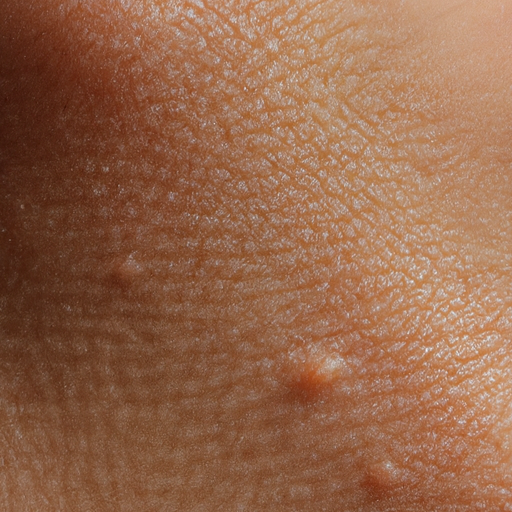As a dermatologist, I encounter a myriad of skin conditions daily, but one of the most common is oily skin. Often characterized by a shiny complexion and large, visible pores, oily skin can lead to a host of other issues, including acne and blackheads. However, with the right diagnosis and treatment, managing oily skin can be straightforward. This article aims to unmask the glossy truth about oily skin and provide a comprehensive guide to its diagnosis and treatment.
Oily skin is primarily caused by overactive sebaceous glands that produce excessive sebum, a naturally occurring skin oil. While sebum is essential for keeping the skin hydrated and healthy, too much can lead to an oily complexion and clogged pores. Factors contributing to oily skin can be genetic, hormonal changes, environmental conditions, diet, stress, or improper skincare routines.
Diagnosing oily skin is relatively simple. If your skin often appears shiny, feels greasy to the touch within a few hours of cleansing, or if you frequently have blackheads or pimples, you likely have oily skin. A dermatologist can confirm this diagnosis through a simple visual examination.
Once diagnosed, the next step is treatment. It’s important to remember that the goal isn’t to eliminate all oil from your skin completely – that would leave it dry and unhealthy. Instead, the aim is to balance sebum production and prevent excess oil.
One of the first lines of defense against oily skin is adopting a suitable skincare routine. This should include a gentle cleanser designed for oily skin to remove excess sebum without stripping the skin of its natural oils. Avoid harsh soaps or alcohol-based products as they can over-dry the skin, causing it to produce even more oil in response.
Exfoliation is also crucial in managing oily skin. It helps remove dead skin cells that can clog pores and increase oil production. However, it’s essential not to over-exfoliate as it can irritate the skin and trigger more oil production. Aim for 1-2 times a week.
Moisturizing is another critical step that should not be skipped. It may seem counterintuitive to add more moisture to already oily skin, but without adequate hydration, your skin can overcompensate and produce more oil. Opt for oil-free, non-comedogenic moisturizers that hydrate without clogging pores.
In addition to a proper skincare routine, lifestyle modifications can also help manage oily skin. A balanced diet rich in fruits, vegetables, lean proteins, and whole grains can improve your skin’s health. Limiting intake of oily, processed foods can also help reduce oil production. Regular exercise can help regulate hormones that influence oil production, and adequate sleep allows your skin to regenerate and balance its oil production.
In some cases, topical treatments or medications may be necessary. Retinoids, salicylic acid, benzoyl peroxide, and certain oral contraceptives can help reduce oil production and prevent acne. However, these should only be used under the supervision of a dermatologist.
In conclusion, while oily skin can be a nuisance, it is manageable with the right diagnosis and treatment. A tailored skincare routine combined with healthy lifestyle habits can significantly improve the appearance and health of your skin. If you’re struggling with oily skin, don’t hesitate to consult a dermatologist who can provide personalized advice and treatment options. Remember, every skin type is unique and requires a different approach – there’s no one-size-fits-all solution.



